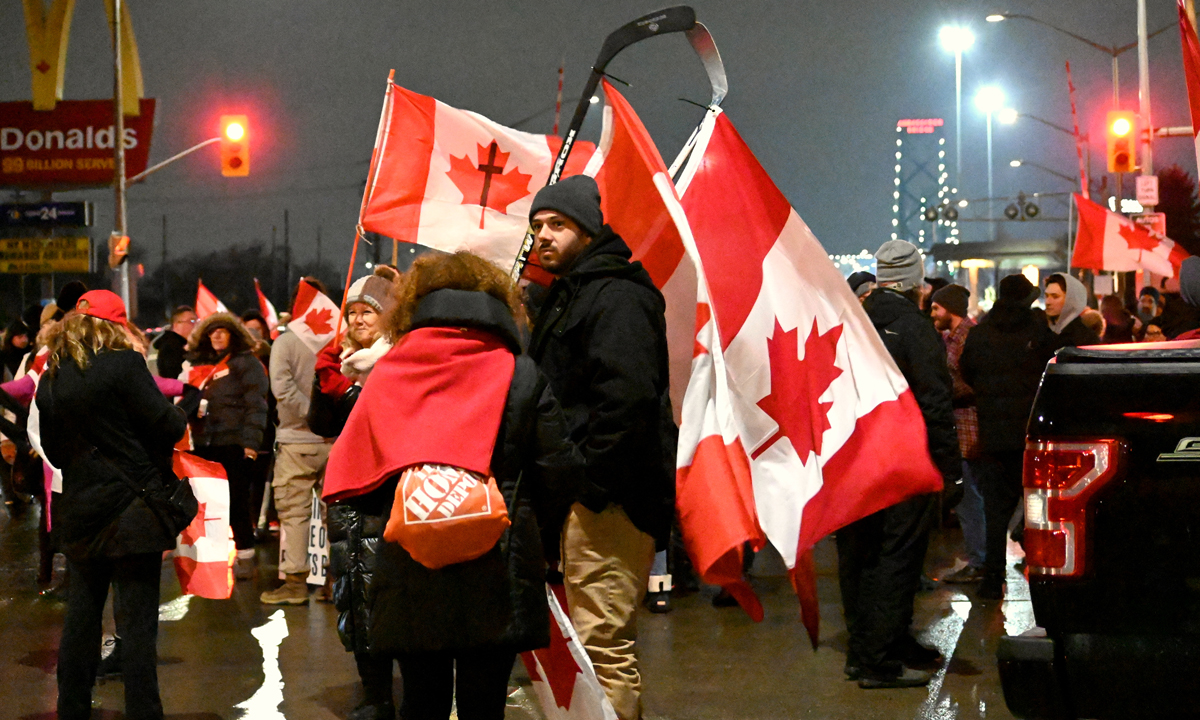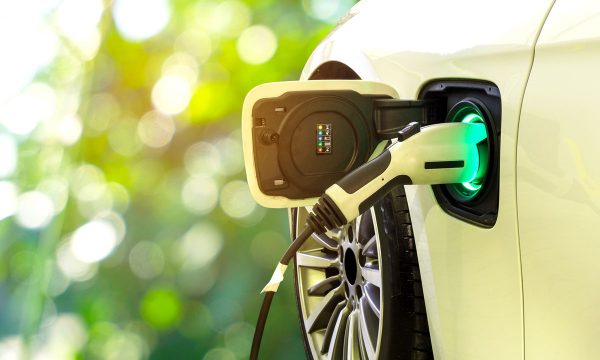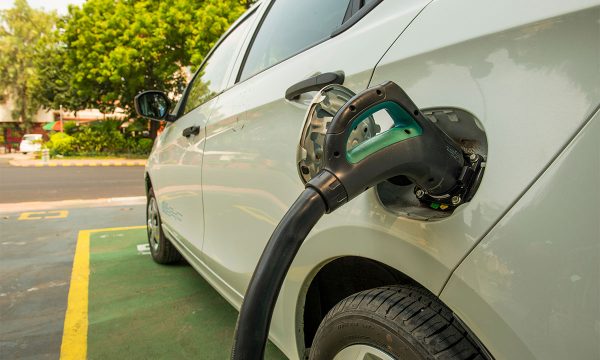Voicing dissent is part of democracy. Disrupting the economy is another matter altogether.
It seems to me that nothing has polarized our society more than the oversight governments have imposed with respect to requirements and restrictions related to the COVID-19 virus that has been with us for the last two years.
The opening up of society, only to be shut down again by the Delta variant, followed by another reprieve from the more drastic isolation provisions—which only had to be implemented once again with Omicron.
As dealers reading this, you will recall the challenges around keeping dealerships open for sales and service at the beginning of the pandemic when we were still trying to understand how virulent the virus was and how to navigate our world without vaccines.
And then remember the queuing and massive crowds of people waiting to get vaccinated once the world had (actually quite quickly) developed the vaccines. Where did it all go off of the rails? How did we go from people rushing to get vaccinated to protect themselves and their families, to blockades at border crossings and a “Freedom Convoy” occupation in the nation’s capital.
Admittedly, my life has been relatively unscathed by COVID at least from a professional perspective. My staff and I are fortunate to be able to do our work from anywhere as long we have a laptop and a phone. I don’t know if my views and perspective on COVID restrictions and vaccine mandates would be different if I was running a small business and I had to lay off staff or shutter completely as a result of these actions.
That said, I have an 89 year-old mother who lives in a retirement home and actually caught COVID in January 2021 when an outbreak occurred there. The subsequent restrictions from the lockdown meant that there were no social activities, meals had to be consumed in her room, no guests were allowed to visit and it was extremely hard on her and on my sisters and I.
Seniors are lonely enough already without the additional social isolation that came as a result of the various lockdown and restriction protocols and, yes, vaccine mandates if you wanted to visit at the retirement home.
Rightly or wrongly I’ve looked at getting vaccinated altruistically as wanting to “do my part” to keep society safer and also to have the privilege of being able to do the things that I want to do and go to the places that I want to go.
I earned those privileges by getting vaccinated. Further, to my mind, it only makes sense that being vaccinated would be a requirement for those whose jobs involve dealing with the sick or compromised or the public more broadly e.g. supermarkets. Do we really want hospital workers saying it is my “right” not to be vaccinated? I don’t think so.
That said, whether or not it made sense to put in place a vaccine mandate for cross border truckers will likely be the subject of much debate as COVID management is looked at through the lens of history for what it sparked—the illegal occupation of Ottawa and the blockading of several international border crossings.
The impact of having the Ambassador Bridge illegally blockaded was very evident, very quickly within the automotive sector.
The most significant of these border crossings was the Ambassador Bridge—which is critically important for Canada’s auto industry which is almost entirely focused in Southern Ontario. While the bridge is responsible for about 27 per cent of all trade flows between Canada and the U.S. it is responsible for about 42 per cent of Ontario’s trade with the United States.
Canada and the United States have had an integrated automotive industry since the Auto Pact was signed in 1965. It was a pivotal trade agreement at the time and remained one of the key reasons why we have a thriving automotive industry in Canada until its provisions were usurped by NAFTA.
What it essentially guaranteed was that each country built vehicles for one another’s markets to take advantage of longer production runs and economies of scale. Hundreds of millions of dollars in parts and finished vehicles go across the Canada/US border every day with about $60 million in automotive parts and components travelling both ways daily across the Ambassador Bridge.
The impact of having the Ambassador Bridge illegally blockaded was very evident, very quickly within the automotive sector which operates on a Just-In-Time basis meaning that any of the assembly facilities have, in some cases, only several hours of inventory on hand before that is replenished by another timely delivery to the right bay of the assembly line at the right time.
Once you appreciate that, you understand why pretty much all manufacturers had some down time resulting from the blockade.
It wasn’t just vehicle manufacturers but also components suppliers who rely on the parts coming across the border to be built into sub-assemblies for delivery to the vehicle assembly facility.
The assembly facilities were able to get back up and running reasonably quickly once the bridge was opened again but that blockade, and, I would argue the rogue party/carnival atmosphere of the illegal three week occupation of Ottawa have done incalculable damage to Canada’s brand internationally.
And this damage has come at a time when we are already struggling under the burden of protectionist trade measures from the United States government that are leading many foreign direct investors to question whether they should even bother considering Canada for North American investment if it cannot exercise the preferential access to the U.S. market that it has been given under trade agreements that were freely negotiated—most recently less than two years ago with the CUSMA.
From my perspective, one of the big lessons to come out of the lawlessness of recent weeks is that this type of activity in Ottawa or at the border crossings cannot be allowed to happen again.
With respect to the border crossings they need to be hardened and made resilient to any further blockading/occupation in the future. To do this, more than anything else it strikes me that authorities need to know that they have the jurisdiction and the authority under law to prevent these types of situations from occurring in the first place.
The amount of time spent on jurisdictional finger pointing for “someone” to do “something” only gave the blockaders and occupiers in Ottawa time to become entrenched and dig in.
I would suggest that what we need is a standing Infrastructure Incident Response Roundtable comprised of the federal and provincial/territorial governments, and municipal governments (where applicable), to share intelligence and to have a clear chain of authority and command that will ensure that resources can be deployed to proactively prevent any illegal protesting/blockading/occupying. There is no point in having laws if they cannot be actively enforced.
Please understand that I have no desire to see anyone prevented from lawfully protesting against anything. I think that’s a pretty fundamental right in a vibrant democracy.
However, small groups of people do not have the “right” to shut down border crossings or put up bouncy castles, hot tubs and beer tents on a city street in Ottawa.
Their “freedom convoys” may well end up costing all of us a lot of economic freedom and it will take years for Canada to rehabilitate its reputation on the global stage.
Let’s make sure this never happens again. This is not my Canada.











